Table of Contents
You need to learn to think for yourself and realize that all the leaders are gone. Now it’s your turn if you want to answer the call! What this is saying is that critical thinking skills make you safe and trustworthy as a leader.
Overview About Critical Thinking Skills
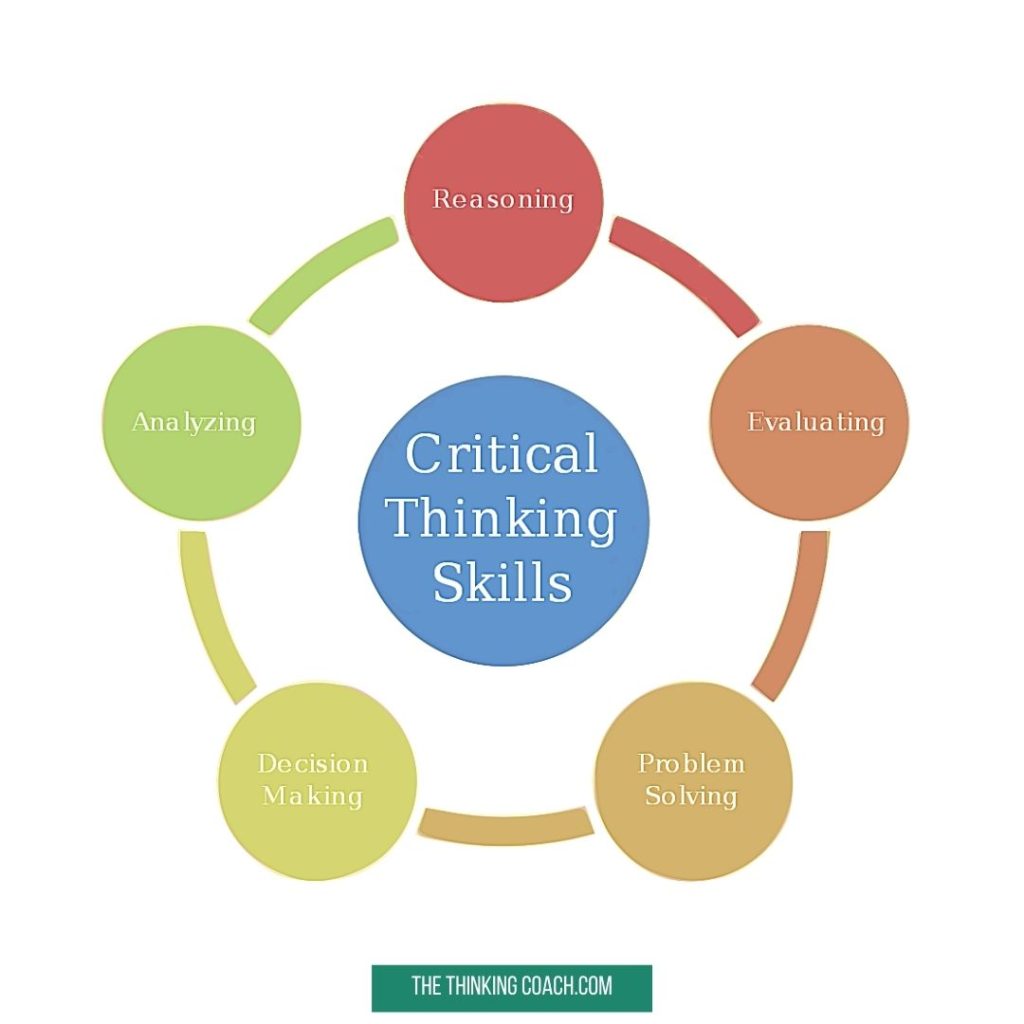
If you asked 100 different professionals what are critical thinking skills it is likely that you get 100 different answers.
There’s a lot of confusion about this subject just as there is about the facts about many soft skills.
Here are some open-ended questions to get us into the territory
- What does it mean to critically think? Think about what’s the most important thing first
- How do you develop critical thinking skills? Training, training, training
- What are some examples of critical thinking skills? Keep reading this article
- How to make critical thinking part of your thinking tools that you reach out to in your everyday tasks?
Learn, use it and get a good coach that doesn’t let you escape into your comfort zone
What is Critical Thinking?
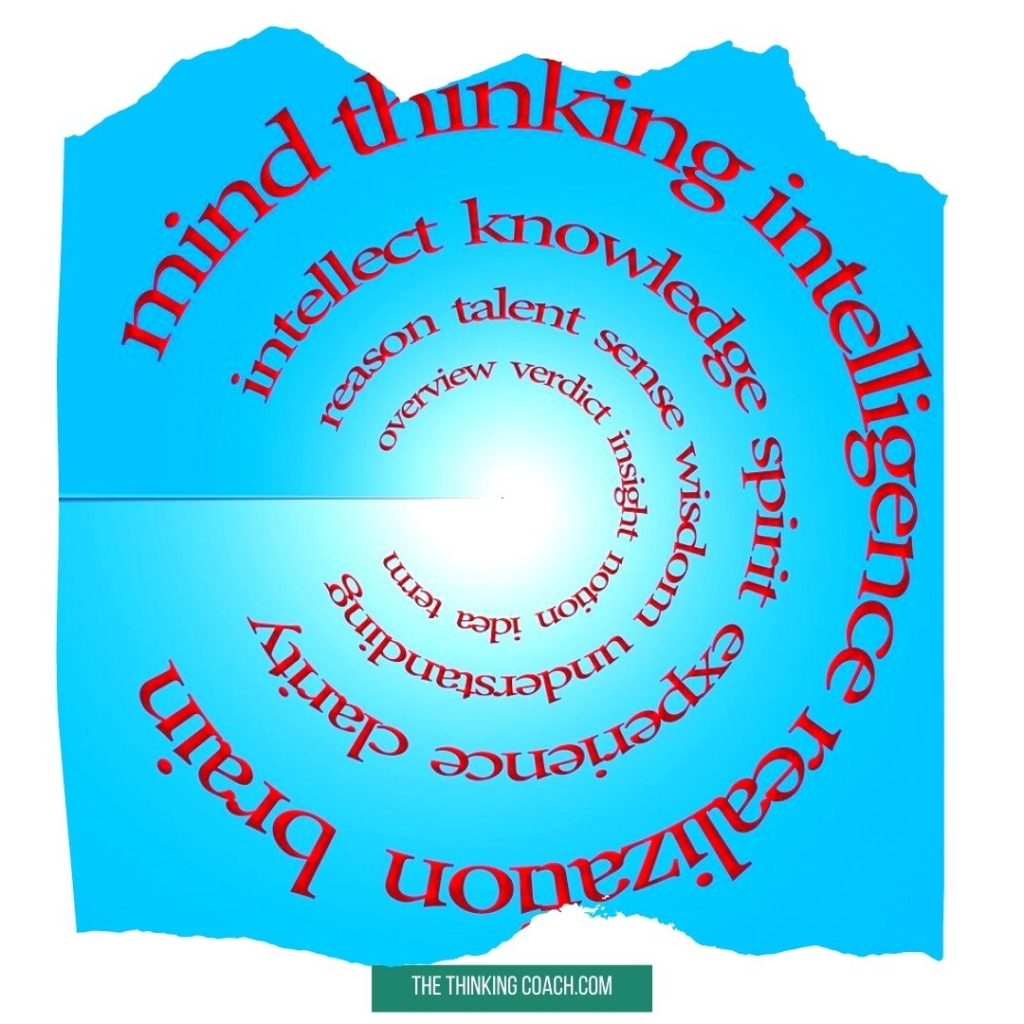
What Is Intelligence & How Does It Apply To Critical Thinking Skills & Leadership?
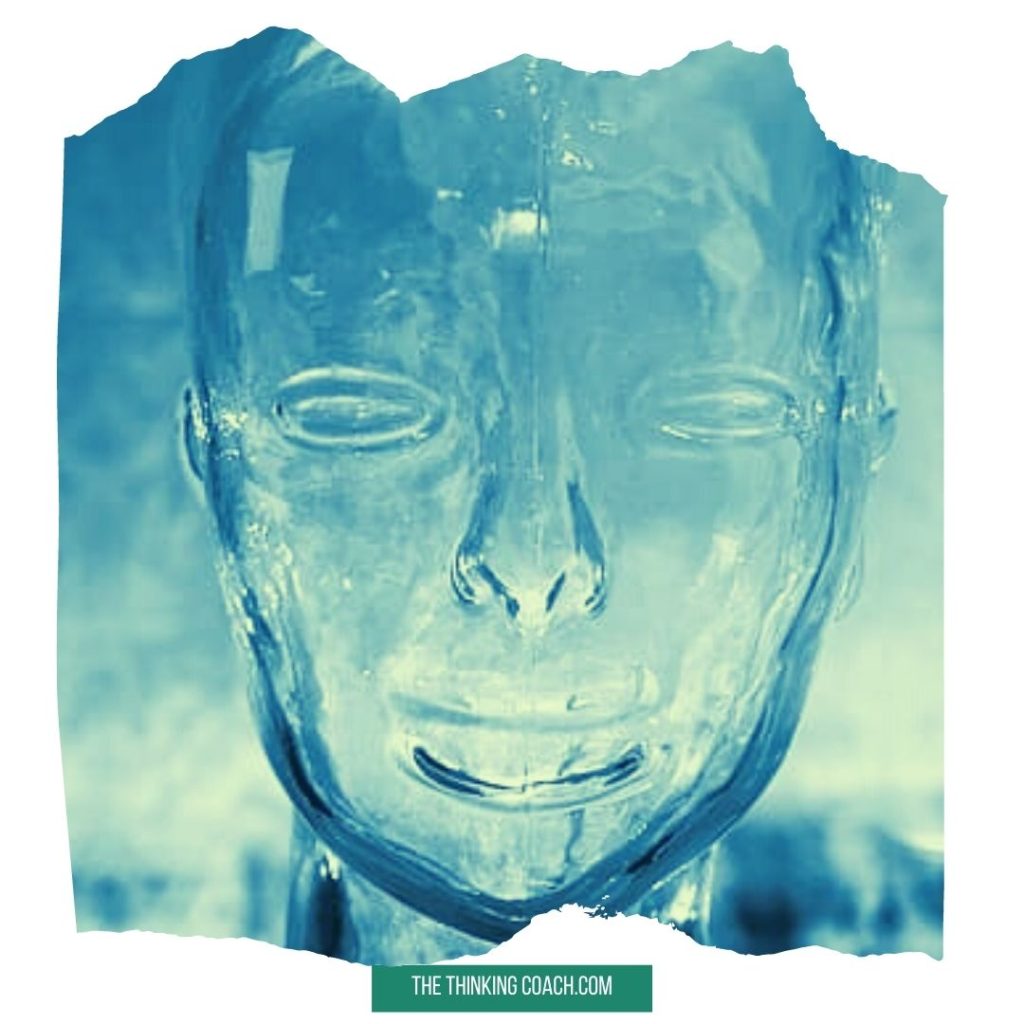
Intelligence is the inner knowledge a person has about a subject. That knowledge needs to come from 2 sources to turn into intelligence.
- The first source is by learning something new.
- The second source comes from putting what one learns to practice.
The moment you do that you start becoming intelligent about the subject and through your own efforts you learn new things that no one can teach you.
This is critical to understand! That’s why I use this explanation to explain what critical thinking skills are all about.
You have to understand the difference between knowledge and intelligence if you are an aspiring professional or a leader, otherwise, you never develop your skillset.
When you put what you know to practice you learn what the knowledge can do for you, why it is important to use it, or not.
You learn what consequences it leads to, you learn how to do it, and you learn what is its greater purpose and what it is connected to that you had no idea before.
What you also learn is how you feel about it, what obstacles you meet, how that affects you, what you can gain or lose, and much more.
To make the answer clear, the difference between intelligence and knowledge is the fact that when knowledge is used it turns into intelligence.
When you just know something you are not yet intelligent about it and if you let too much time go between learning something and putting into use you’ll eventually lose it (within about a week).
As the saying goes, “use it or lose it”, but now you know how it relates to critical thinking skills.
More Of How To Connect to Critical Thinking Skills
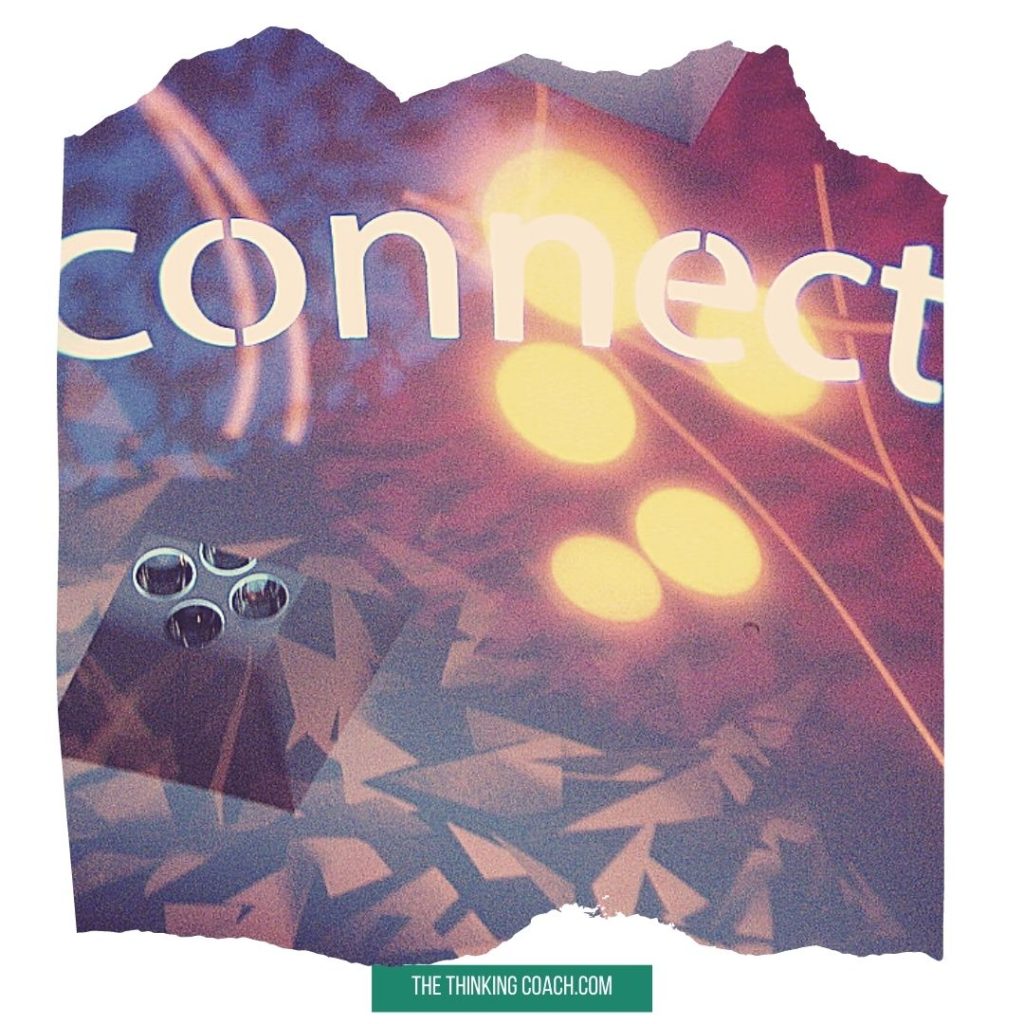
Simple…if you want to change anything you need to understand that it is not enough reading or learning about something.
It is the understanding that it is critically important for you to use something to become intelligent about it in a way that others can value and appreciate the level of your professionalism.
Here is a great example of critical thinking skills…
It is to do with leadership and it is the difference between the leader that uses their leadership position to control others as compared to a leader who only ever leads by example, which means that they have intelligence about what they are saying because they have done it.
Critical thinking skills for leadership, therefore, is to never preach what they do not do themselves.
Instead to only ever lead by example. There are only a few of those around, unfortunately.
A Starking Note About Leadership Today
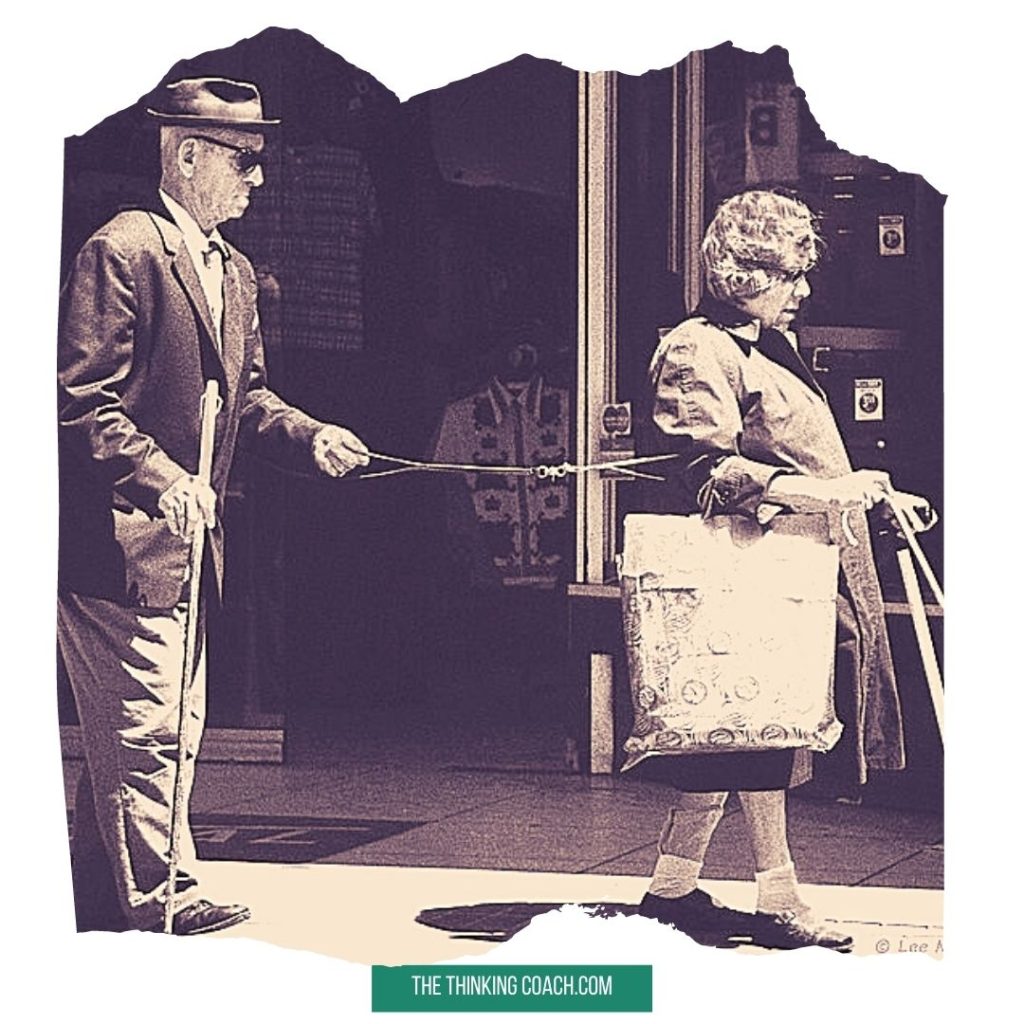
Leadership today is turned on its head. It’s mostly upside down to where it needs to be.
Instead of leading by example, leadership has become self-serving and creates chaos and despair. Not all, but a very worrisome percentage.
That is because the Ego has got the better part of most leaders and it has been endorsed by the silence of their followers who are accomplices to the madness by becoming YES people for their own perceived personal gains.
So it’s the blind leading the blind.
This situation can only be ameliorated by leadership taking on regular training to improve their critical thinking skills specifically, and their soft skills generally.
Considering Different Kinds Of Intelligence & Critical Thinking Skills
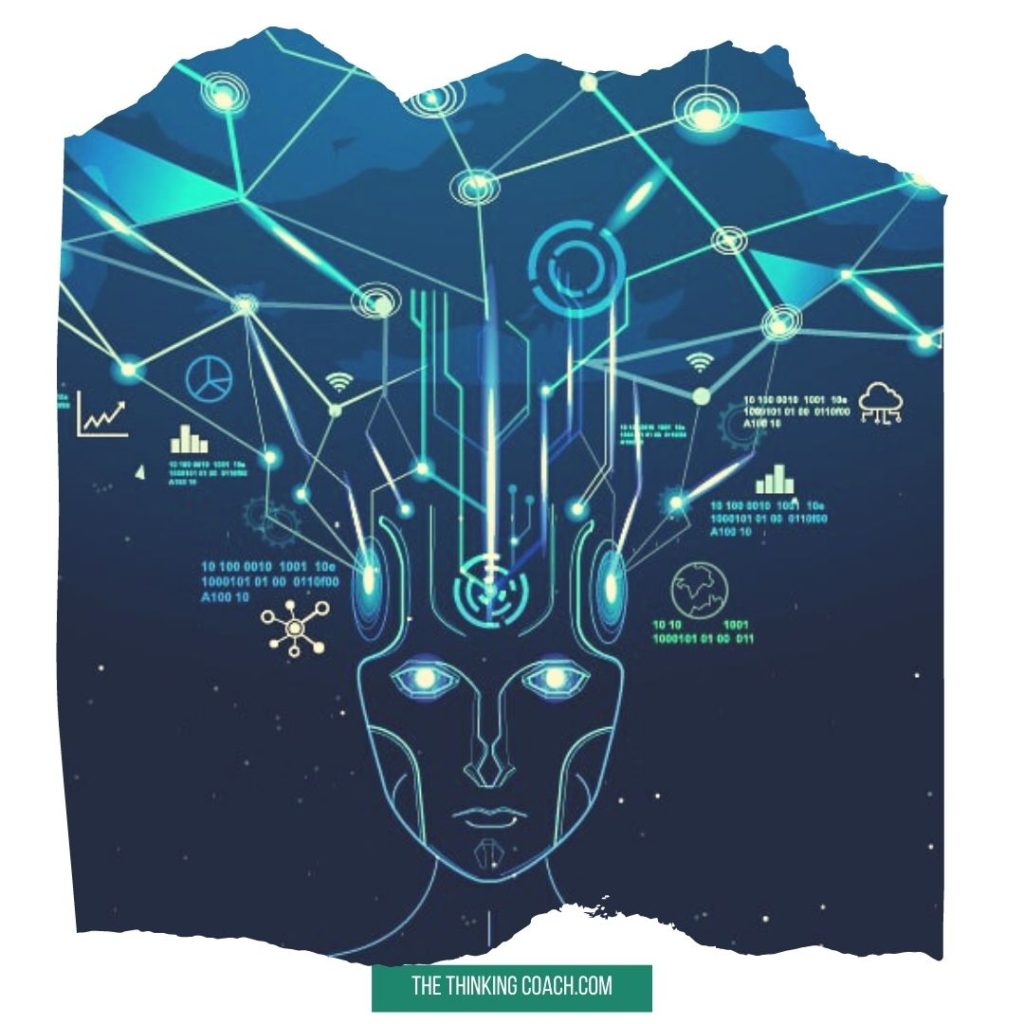
There are different kinds of intelligence to consider.
As has been explained, after knowledge is put to practice it gradually becomes an intelligence, which can be used again to gather more intelligence…it should never stop.
This is critical to understand and should be part of the critical thinking skills of any professional, leader, or scholar.
Don’t think you understand things before you have actually practiced them.
Furthermore, nothing natural is static, and therefore thinking anew about things is critical because everything in our world is on the move, especially now.
It’s all in the process of evolution and refinement.
So “What Is Intelligence For?” one asks…well, to be the base for the next intelligence. This is at the very core of the power of positive thinking, which is a valuable thinking tool, mostly ignored.
The 5 Intelligence – A Critical Thinking Skills Tool
“The 5 Intelligence” is a masterful & versatile thinking tool that will strengthen your critical thinking skills, and show you how to maximize your thinking capacity by having a system and an order that saves you from dispersion and making unnecessary mistakes.
It’s based on the five natural steps of personal development that correspond to the 5 basic colors; White, Red, Blue, Yellow, and Green. 
Colors, of course, are linked to nature. Find where these colors appear in nature and you’ll start understanding the intelligence associated with them.
Different colors have different energies, which can be best understood by looking for examples of how these colors appear in our lives.
Colors have been part of our life ever since we were born. We see them everywhere, and we relate to them mostly on a subconscious level throughout our lives.
We get influenced by colors but are not aware of their influence most of the time. It can be said that colors feed our minds with information constantly.
Our responses to the frequencies and wavelengths of colors are mostly semi-conscious and subconscious and that is why it is such an important part of critical thinking skills.
When we connect our thinking to natural basic colors we develop a powerful system in our minds that always covers all the basics.
This thinking tool connects critical thinking skills to colors which makes it easy to apply when you need to think about an issue, solve a problem, or engage in decision-making.
Using colors As A Powerful Thinking Tool
- White relates to the questioning sentence “Did You Know facts?” Relates to fundamental structures, fresh starts, observation, cleanliness, and purity (bones, snow, marriage, white-collar professions, white of the eye, white blood cells, etc. are but some examples of where the color white can be observed).
The final stage in this process, providing we decided to retain the embodied idea, is to translate all the process from Green to Red, to the infallible facts (White), as part of a functional building block for the future. - Red relates to the question “What is the motivating reason behind the action” Finding THE reason to do something, which energizes and invigorates the action, relates to energy, vigor, actionable repetition, reasons, and comparison (blood, red stop lights/signs, red flowers, red Indians, red blood cells, etc.).
The actionable process(Red) reveals to us ways, means, and understanding we could not have had before we put it to action. When we “Do” something and try to give it life by our actions we start to learn about it all sorts of things that we couldn’t understand before.
This Actionable Intelligence lets us know whether or not this is a practical idea that we need to retain or get rid of. This is the Red test; Does it work? or doesn’t work? But you do not try this once, you need to try several times, without jumping to early conclusions. - Blue relates to the question “What Is The Governing Principle” Blue is a link to policing & guidelines, big-picture understanding that leads to principles (Colour of police uniform, the color of the planet, high beams in cars, blue-collar jobs, etc.).
We begin to understand what boundaries and borders it needs to be maintained and functional - Yellow relates to the question “What is it all connected to” when you understand the emotion you understand the greater motive. It naturally links to warmth, guidance, communication, and togetherness, (Sun!!!)
This part has to do also with sharing and contemplation, as the new idea starts to reveal more of itself. - Green relates to the question “What is the greater purpose” Green is a link to new growth, ideas, creativity, and innovation (Greenlights “go”, the Green in spring!!!). Think! Yellow and Blue make Green…what does it mean?
It’s Green, it’s new, we get excited, contemplate the idea, examine it’s potential (You know…you’ve done it a lot in your life and if you forgot then look at children).
What makes this thinking tool such an important part of critical thinking skills is that it can be applied to any situation or decision and reveal hidden issues that can cause problems and help you make safe decisions.
Our past experiences can be used against us or for us. The way you use it right is by “considering now first and then moving backward, never the other way around”
Never let go of the NOW by considering your experience first.
Summary Of Critical Thinking Skills
- The ability to consider NOW facts without bias
- The ability to know clearly why you do what you do
- The ability to locate the guiding principle or the Big Picture of any situation and decide what is the most important aspect that needs to be adhered to.
- It is critically important to solicit views from other people to make sure you are not an “Island Unto Yourself”
- It is important to locate the greater purpose of anything you want to make a decision about
It is safe to say that if professionals would stick to these 5 critical thinking skills a lot of mistakes that we see in our world could have been avoided.
Example of Critical Thinking skills
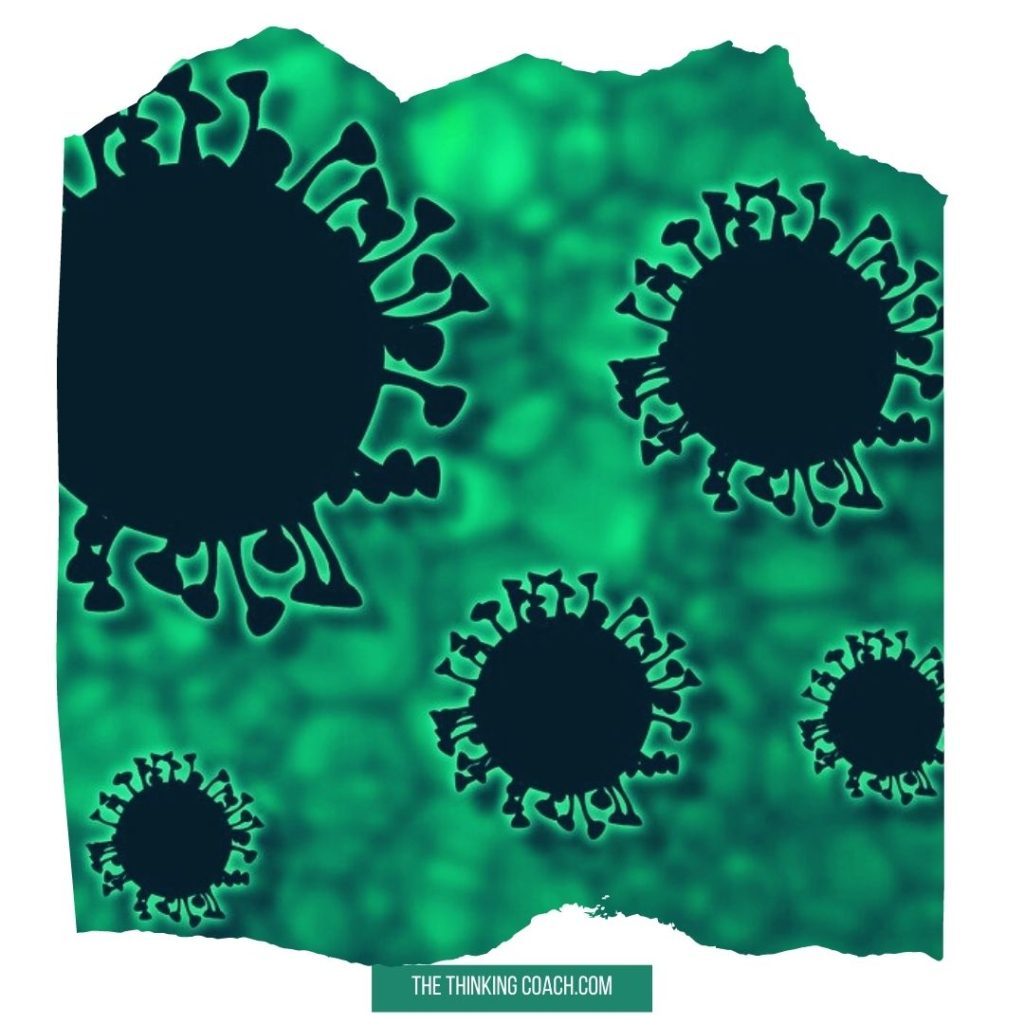
That one should be easy for you to see…
So here we are having to deal with an unknown virus that has taken us all by surprise. What do we do?
Do we get gripped by panic & fear or do we develop caution & gather unbiased facts?
Do we try to go back to what was and develop false expectations or do we find out what the new situation requires of us and adapt accordingly?
Do we make a fuss over the fact that our comfort zone was pulled from underneath us and react emotionally or do we grow up and live with the minimal requirements to keep us and others safe?
Do we develop self-discipline, keep some distance from one another, wear face masks when needed, and wash our hands or do we get childish and petulant about being free? ( That’s all that has been asked from us. We weren’t asked to starve for 10 days and not sleep for a month)
Are we stuck in our own limited opinions or do we develop a long term vision?
That is the best example I can give you here on how to apply critical thinking skills. That’s how simple it is and yet it eludes most people.
Why? It’s for you to answer…
Finally
This is probably not the article you expected on critical thinking skills, but that’s exactly what they are.
The ability to think clearly, ask the right questions, don’t run to second base before you hit first base, and learn to do the right thing instead of doing your version of doing things right as you have been taught somewhere in the past.
This does not work today.
You need to learn to think for yourself and realize that all the leaders are gone and now it’s your turn if you want to answer the call.
The human race needs good leaders who think and act in a way that is not messy. Those people who developed a set of critical thinking skills and use them regularly because they don’t want to mislead anyone or use leadership in all the wrong ways.
What this is saying is that critical thinking skills make you safe and trustworthy as a leader.
So, what do you think?
Eli Harari
The Life Coach for Professionals™
Image Source: Pixabay, Flickr, Wikimedia Commons
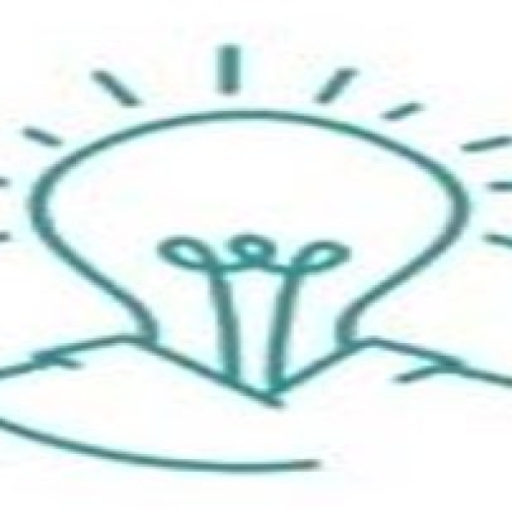
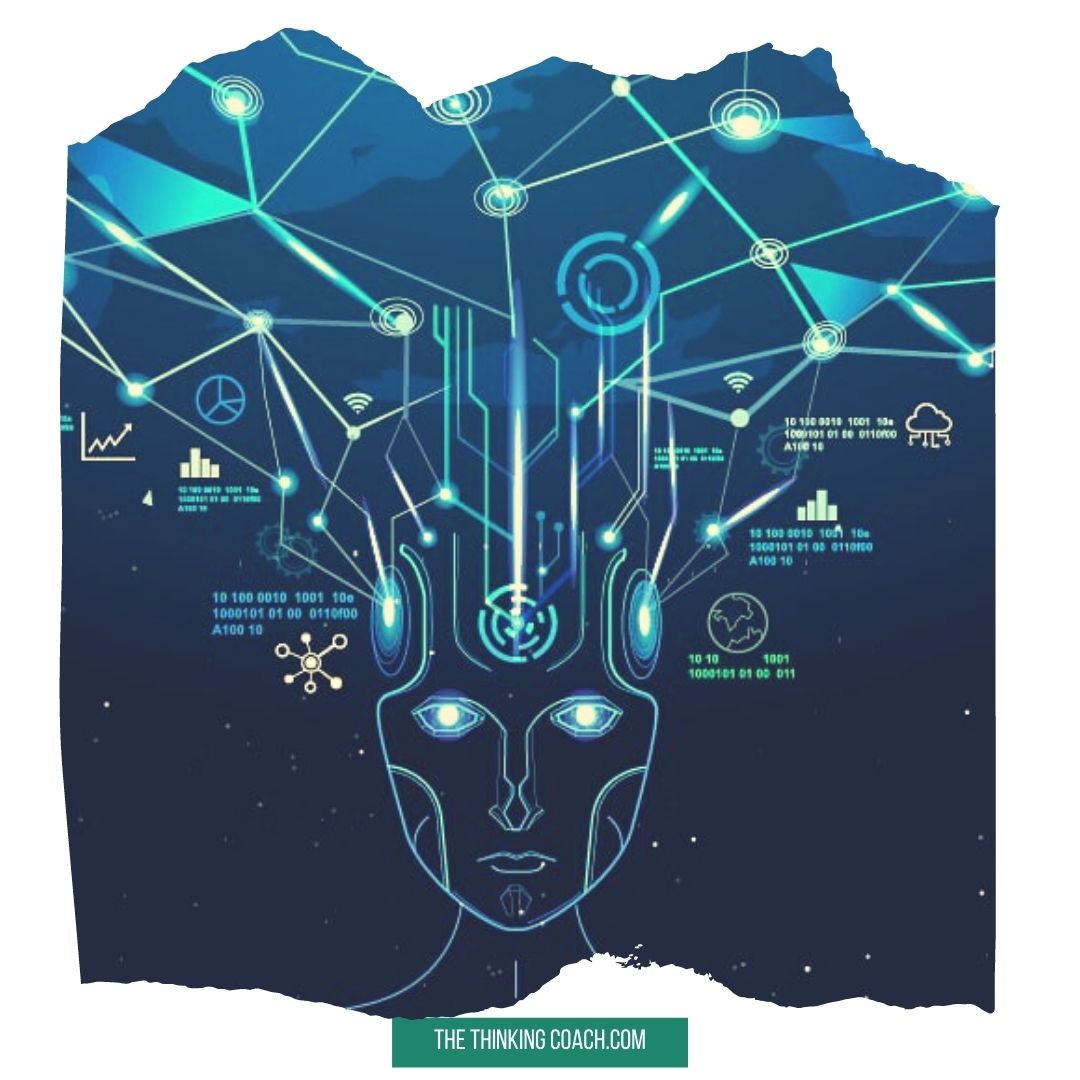
Certain colors do make you feel different or change your mood, whenever the rain falls, the plants tend to give off a different shade of green and gives you a feeling of rebirth., however, didn’t’ have no idea that we were also thinking subconsciously and also making decision in color.
Yes. Not only we think in colours but colours affect our decision making process. This is an eye opener for the professionals I work with and makes a huge positive difference in their productivity.
Pingback: Strategic Planning will reveal How To Gain Your Employees Trust
Pingback: to do- Paradigm shift In Thinking -The Difference Between Knowledge & Intelligence 2
Pingback: Strategic Thinking Ideas To Keep Your Staff During The Hard Times
Pingback: Starting Your Own Business - 3 Critical Steps You Must Know - The Thinking Coach